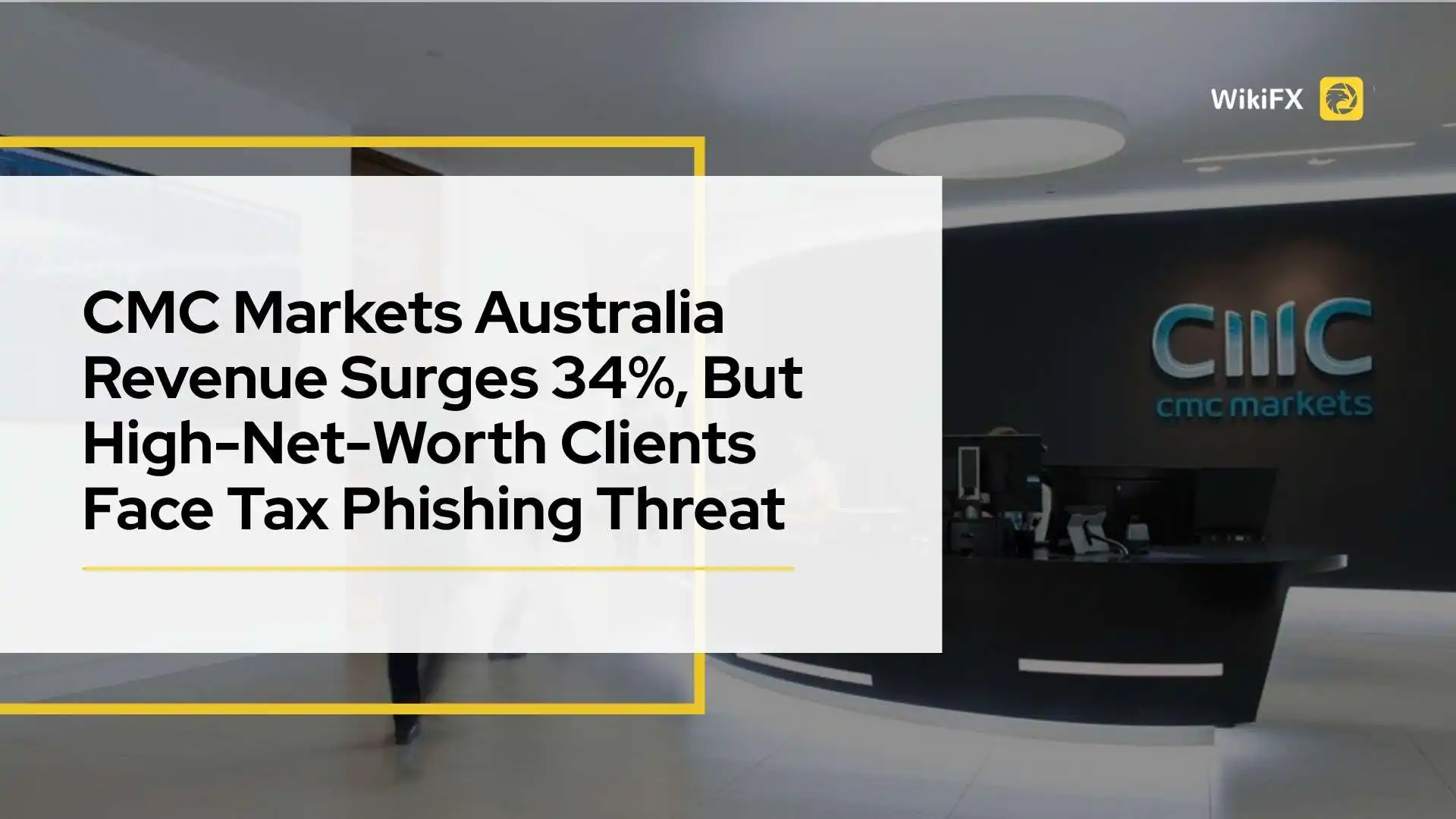简体中文
繁體中文
English
Pусский
日本語
ภาษาไทย
Tiếng Việt
Bahasa Indonesia
Español
हिन्दी
Filippiiniläinen
Français
Deutsch
Português
Türkçe
한국어
العربية
Singapore steps up inflation fight with surprise central bank tightening
Abstract:Singapore’s central bank tightened its monetary policy on Thursday, in an off cycle move, saying the action will slow the inflation momentum as the city state ramps up its battle against soaring consumer prices.

The Singapore currency jumped broadly after the news and was last up almost 0.7% to S$1.3963 per dollar, with economists expecting further tightening in October.
The tightening was the Monetary Authority of Singapore‘s fourth in the past nine months and comes hot on the heels of Canada’s surprise 100 basis point interest rate hike on Wednesday and just before an out-of-cycle 75 basis point hike in the Philippines on Thursday.
“Clearly, MAS is very concerned about inflation. It is just going to try to do all they can to put the brakes on inflation,” said Chua Hak Bin, an economist at Maybank.
The U.S. Federal Reserve is also seen stepping up its monetary tightening campaign with a supersized 100 basis point rate hike this month after a grim inflation report showed inflation racing at four-decade highs.
New Zealand and South Korea both delivered half percentage point rate hikes on Wednesday.
The MAS said it would re-centre the mid-point of the exchange rate policy band known as the Nominal Effective Exchange Rate. There will be no change to the slope and width of the band, it said.
“This policy move, building on previous tightening moves, should help slow the momentum of inflation and ensure medium-term price stability,” the MAS said in a statement.
The central bank also said Singapores gross domestic product growth is expected to come in at the lower half of the 3-5% forecast range for 2022, while core inflation is now projected between 3.0–4.0% for the year, up from an earlier forecast of 2.5–3.5%.
Preliminary data on Thursday showed Singapores GDP grew 4.8% in the second quarter, missing forecasts.
Singapore‘s core inflation rate — the central bank’s favoured price measure – rose in May at its fastest pace in more than a decade, to 3.6%, just above forecasts, driven by higher inflation for food and utilities.
The city-state has eased most of its COVID-19 local and travel restrictions since early April this year, supporting the economic recovery of the Asian financial and business hub.
More tightening ahead?
In April, Singapores central bank tightened its monetary policy to slow inflation momentum against soaring prices made worse by the Ukraine war and global supply snags.
The central bank holds two scheduled monetary policy meetings a year, in April and October.
The latest move is the second out-of-cycle change this year, after an unscheduled tightening in January and leaves the door open to further rate increases, economists say.
“Its telling you that we are worried about inflation and therefore we welcome a strong currency,” said Moh Siong Sim, a strategist at Bank of Singapore.
“It probably wasnt fully expected in terms of the timing and extent of the move. It leaves open the question of how much tightening is left to come?”
The MAS manages monetary policy through exchange rate settings, rather than interest rates, as trade flows dwarf its economy.
It adjusts its policy via three levers: the slope, mid-point and width of the policy band, which let the Singapore dollar rise or fall against the currencies of its main trading partners within an undisclosed band.
“With forecasts pointing to even higher inflation prints down the road, we consider it likely that we will see further action by the MAS at the October meeting,” ING economists said in a report.

Disclaimer:
The views in this article only represent the author's personal views, and do not constitute investment advice on this platform. This platform does not guarantee the accuracy, completeness and timeliness of the information in the article, and will not be liable for any loss caused by the use of or reliance on the information in the article.
Read more

CMC Markets Australia Revenue Surges 34%, But High-Net-Worth Clients Face Tax Phishing Threat
CMC Markets Australia reports a 34% revenue surge. Simultaneously, the company's high-net-worth clients are facing a serious tax-related phishing threat.

E TRADE Review: Traders Report Tax on Withdrawals, Poor Customer Service & Fund Scams
Has your E Trade forex trading account been charged a withholding tax fee? Did your account get blocked because of multiple deposits? Did you have to constantly call the officials to unblock your account? Failed to open a premium savings account despite submitting multiple documents? Is fund transfer too much of a hassle at E Trade? Did you find the E Trade customer support service not helpful? In this E Trade review article, we have shared certain complaints. Take a look!

mBank Exposed: Top Reasons Why Customers are Giving Thumbs Down to This Bank
Do you find mBank services too slow or unresponsive? Do you find your account getting blocked? Failing to access your account online due to several systemic glitches? Can’t perform the transactions on the mBank app? Do you also witness inappropriate stop-level trade execution by the financial services provider? You are not alone! Frustrated by these unfortunate circumstances, many of its clients have shared negative mBank reviews online. In this article, we have shared some of the reviews. Read on!

In-Depth Uniglobe Markets Commission Fees and Spreads Analysis – What Traders Should Really Know
For experienced traders, the cost of execution is a critical factor in broker selection. Low spreads, fair commissions, and transparent pricing can be the difference between a profitable and a losing strategy over the long term. This has led many to scrutinize the offerings of brokers like Uniglobe Markets, which presents a tiered account structure promising competitive conditions. However, a professional evaluation demands more than a surface-level look at marketing claims. It requires a deep, data-driven analysis of the real trading costs, set against the backdrop of the broker's operational integrity and safety. This comprehensive Uniglobe Markets commission fees and spreads analysis will deconstruct the broker's pricing model, examining its account types, typical spreads, commission policies, and potential ancillary costs. Using data primarily sourced from the global broker inquiry platform WikiFX, we will provide a clear-eyed view of the Uniglobe Markets spreads commissions prici
WikiFX Broker
Latest News
WikiFX's New Evaluation of ATM Capital LTD: Does its License Protect the Arab Investor?
How a Fake Moomoo Ad Led to the “New Dream Voyage 5” Scam
Is Axi Legit? A Data-Driven Analysis of Its Regulatory Standing and Trader Feedback
Trive Investigation: High Score, Hidden Risk - The Profit Paradox
In-Depth Uniglobe Markets Commission Fees and Spreads Analysis – What Traders Should Really Know
FXPesa Review: Are Traders Facing High Slippage, Fund Losses & Withdrawal Denials?
CMC Markets Australia Revenue Surges 34%, But High-Net-Worth Clients Face Tax Phishing Threat
Young Singaporean Trader Grew USD 52 into a USD 107,700 Portfolio
Is GGCC Legit? A Data-Driven Analysis for Experienced Traders
E TRADE Review: Traders Report Tax on Withdrawals, Poor Customer Service & Fund Scams
Currency Calculator



